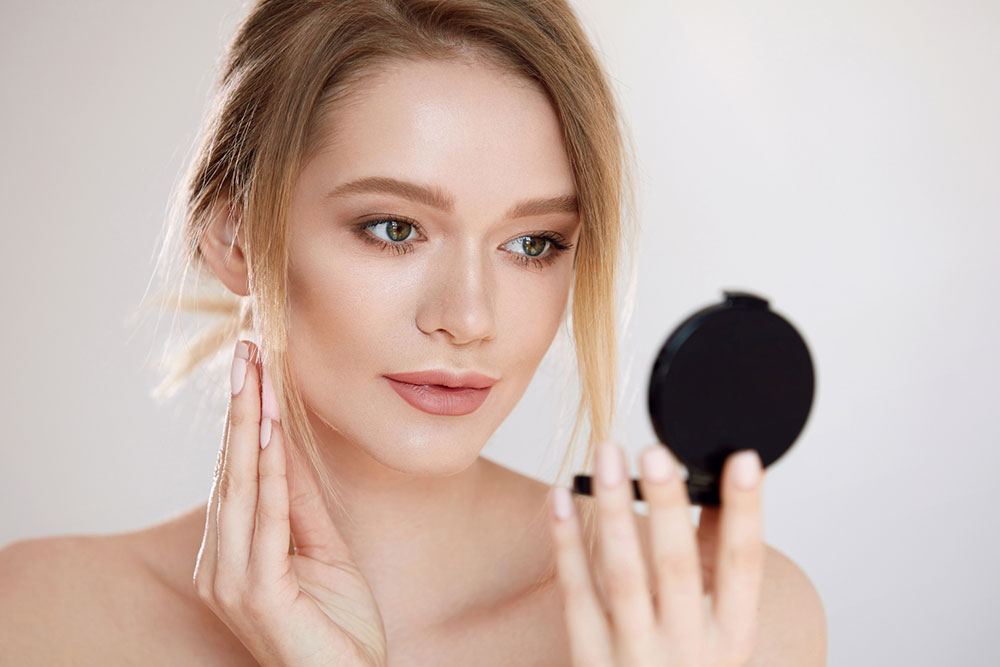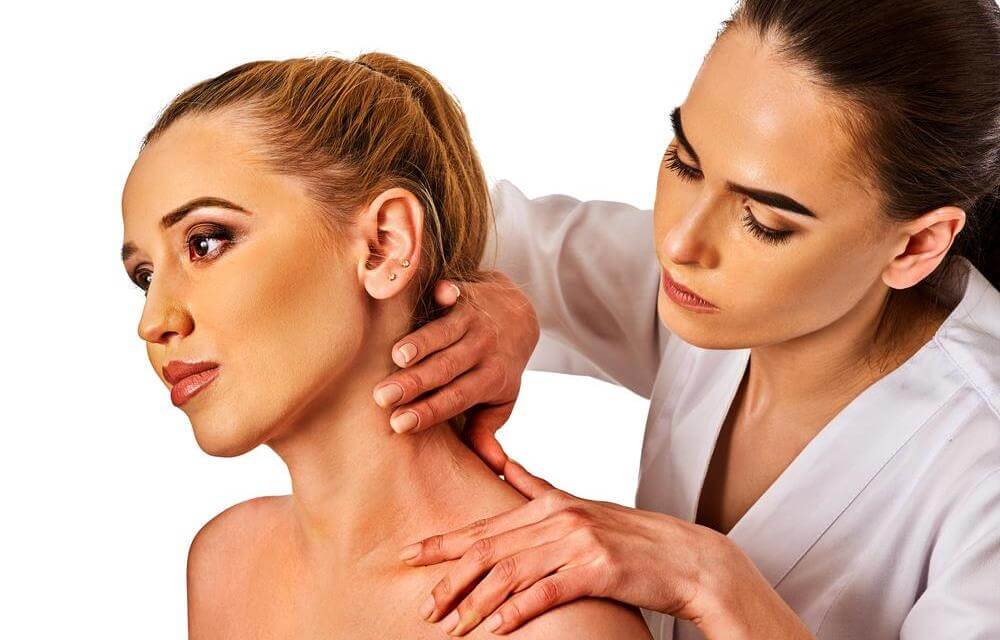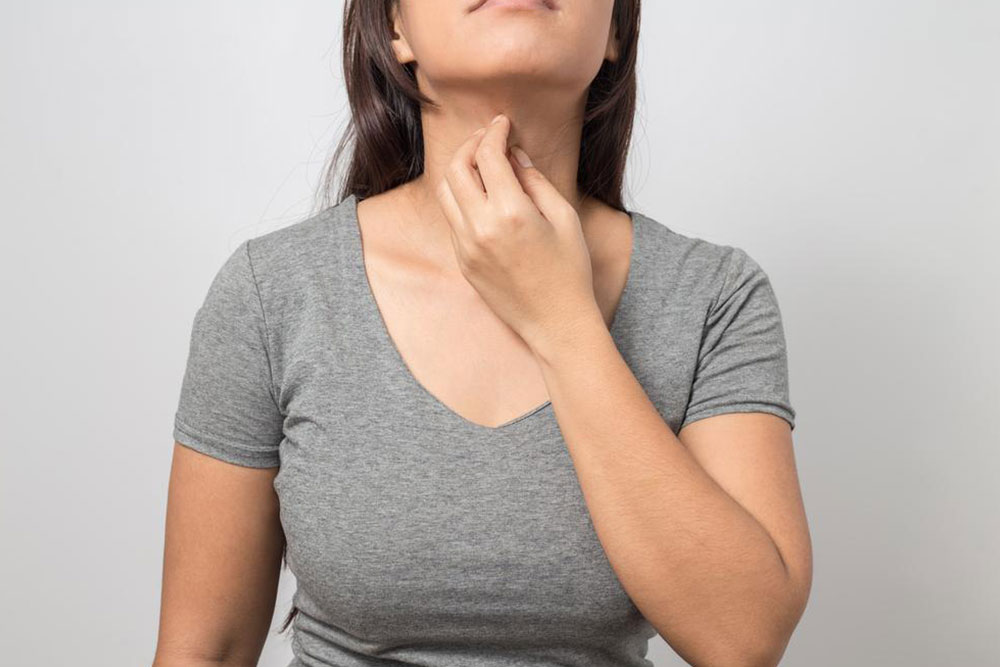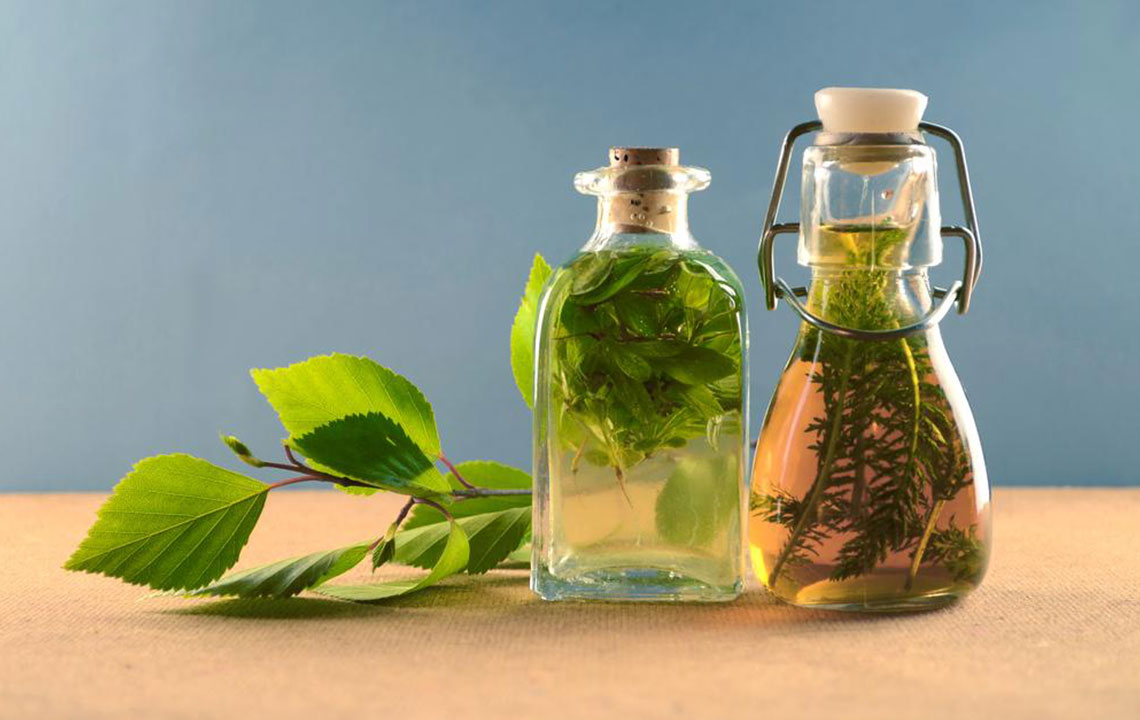Comprehensive Natural Solutions to Reduce Under Eye Puffiness and Bags
Discover effective natural remedies and lifestyle tips to reduce under eye puffiness and bags. Learn about causes, quick home remedies, skincare routines, and when to seek medical help. Improve your appearance naturally and boost confidence with these proven strategies.
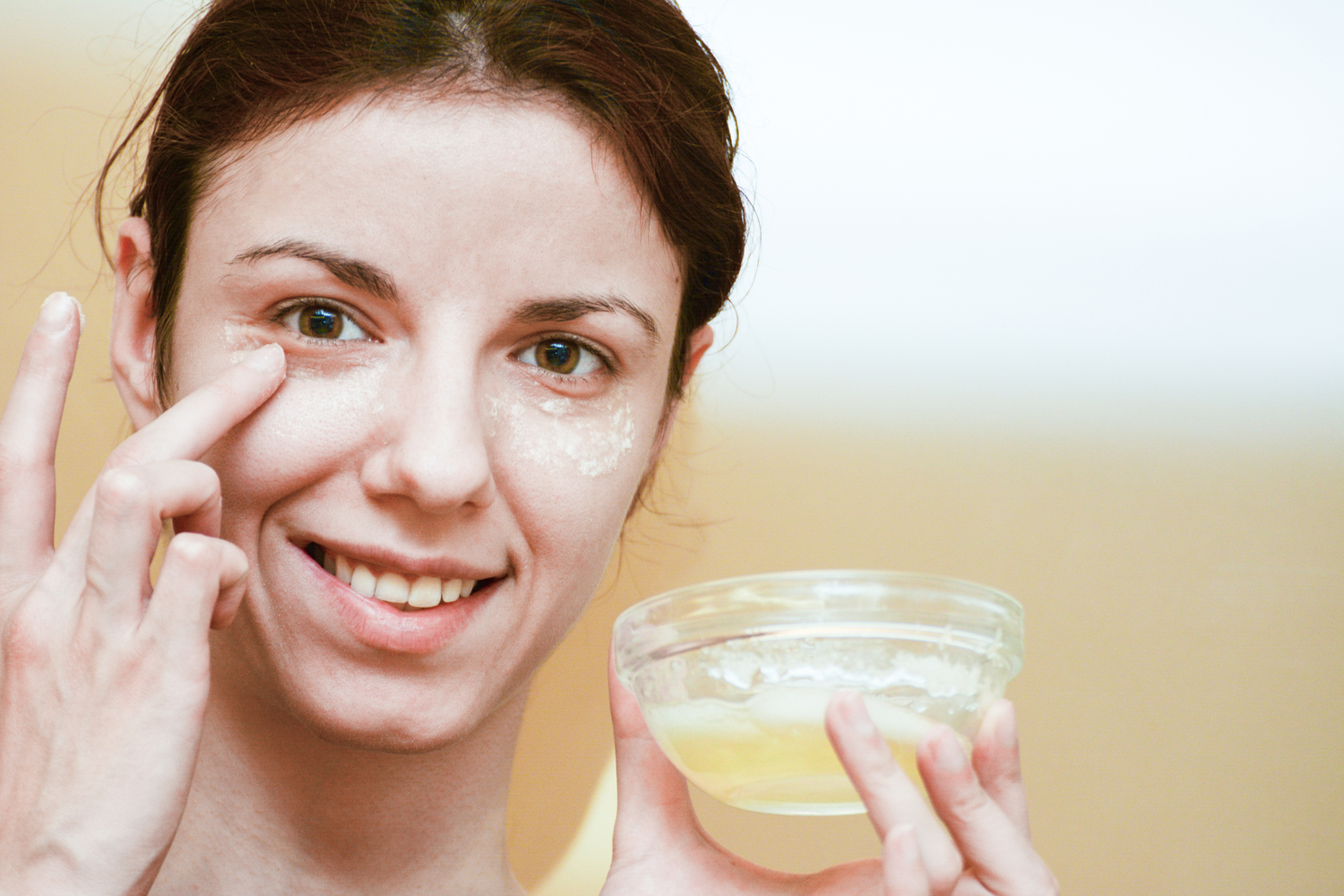
Effective Natural Methods to Minimize Under Eye Swelling
Are you struggling with under eye puffiness and bags that make you look tired and aged? Understanding how to naturally reduce these under eye concerns can help improve your appearance without invasive procedures. As we age, loss of skin elasticity, muscle weakening, and fat redistribution contribute to the appearance of puffiness and sagging beneath and around the eyes. Fortunately, there are numerous natural remedies and lifestyle adjustments that can help diminish these signs, boosting your confidence and facial aesthetics.
Understanding the Causes of Under Eye Puffiness
Age-related decline in skin elasticity weakens the delicate tissues around the eyes, causing skin sagging and bags.
Accumulation of fat deposits around the eyes may shift downward due to muscle laxity, creating a puffed appearance.
Fluid retention is a common culprit, especially after consuming salty foods, during hormonal changes, or upon waking up in the morning.
Fatigue and lack of quality sleep can exacerbate swelling and dark circles.
External factors such as smoking and genetics also play a significant role in under eye aging signs.
Allergies, which cause inflammation and irritation, may intensify swelling and discoloration.
How to Detect Under Eye Puffiness and Its Characteristics
Primarily a cosmetic concern, not necessarily indicating health problems
Appearance of swelling around the eyes, often accompanied by sagging skin or drooping eyelids
Dark circles beneath the eyes that may be purple, blue, or brown
Proven Natural Strategies to Minimize Under Eye Puffiness
Hydration is Key: Drink plenty of water daily to help flush out toxins and prevent fluid retention. Proper hydration accounts for approximately 60% of our body weight and is essential in reducing puffiness.
Address Allergies: Use over-the-counter antihistamines if you experience seasonal allergies, redness, watery eyes, or itching. Managing allergies can significantly reduce inflammation and swelling around the eyes.
Skincare Products: Incorporate eye creams containing Retinol, a potent Vitamin A derivative known for promoting skin renewal and elasticity. Regular use of sun protection, such as broad-spectrum sunscreens, helps prevent premature aging and maintains skin health around the delicate eye area.
Maintain Proper Skincare Routine: Remove makeup thoroughly before sleep and cleanse your face to eliminate impurities that may irritate the skin, contributing to swelling and discoloration.
Sleep Position: Elevate your head with extra pillows during sleep to prevent fluid from accumulating under the eyes. Sleeping on your back for 7-8 hours of high-quality rest also supports skin rejuvenation.
Healthy Lifestyle Choices: Cut down on salty foods that promote water retention. Incorporate regular exercise and avoid smoking, which accelerates skin aging.
Consider Medical Interventions: For persistent or severe puffiness, eyelid surgery or blepharoplasty could be viable last-resort options. Consult with a qualified specialist to explore this option if natural remedies do not produce satisfactory results.
Quick Home Remedies for Immediate Relief
Place chilled green tea bags, cucumber slices, or potato slices over closed eyes while keeping your head elevated to constrict blood vessels and reduce swelling.
Apply creams infused with caffeine for brief tightening effects that can help diminish puffiness temporarily.
Use a soft-bristled brush to gently pat on concealer for quick concealment of dark circles and puffiness.
Cooled compresses made from a clean, damp washcloth can soothe swollen eyes effectively in the short term.
When to Seek Professional Medical Advice
In most cases, under eye bags are purely cosmetic and do not require urgent medical attention.
Consult a healthcare provider if swelling persists, becomes painful, or is accompanied by redness, itching, or other symptoms. These could indicate underlying health issues such as thyroid problems, allergies, or infections.
A doctor may perform diagnostic tests or refer you to specialists like an ophthalmologist or an oculoplastic surgeon for advanced assessment and treatment options.
This comprehensive guide aims to help individuals understand the causes of under eye puffiness and explore natural, safe remedies to improve appearance without invasive procedures. By adopting these lifestyle modifications, skincare routines, and home remedies, it is possible to effectively reduce puffiness, brighten the under eye area, and regain a more youthful, rested look.
